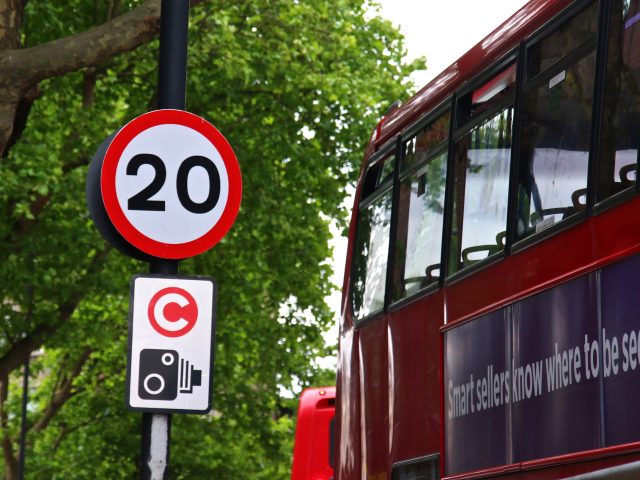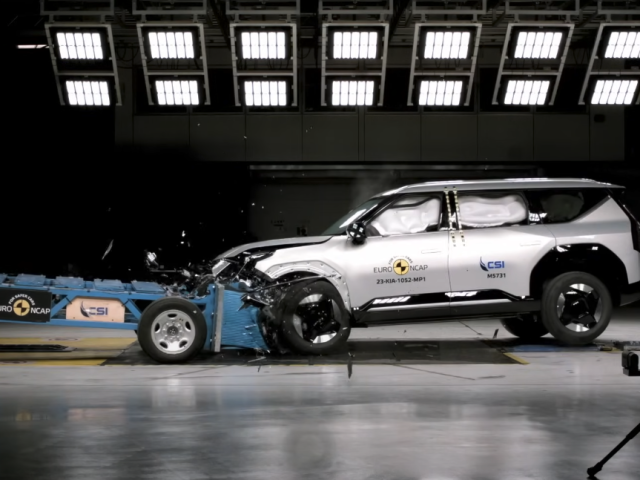Drink-Driving in Norway
Figures
It is estimated that drink-driving accounts for around 25% of all road deaths in Norway. In 2020, 24 people were killed by impaired driving while 2021 data were not available.
National policies
Norway has recently published its Road Safety Strategy for the years 2022 – 2025. Norway has adopted vision zero and aims at achieving zero deaths in road traffic by 2050. Concerning drink-driving, the main target to be achieved by 2025 is to reduce to 0.1% the proportion of drivers found with a blood alcohol level above 0.2g/l.
BAC limits and sanctions
Norway was the first country in the world to set a legal limit for drink-driving, introducing a 0.5g/l BAC limit in 1936. The legal BAC was reduced in 2001, with a maximum permitted level of 0.2g/l for all drivers.
The sanctions in Norway escalate as the BAC level increases and can range from a fine for being just over the limit (above 0.2g/l and up to 0.5g/l) to licence withdrawal and imprisonment. The penal and administrative sanctions may in most situations be applied in combination. Concerning drink-driving fines, they are proportional to the offender’s average monthly salary.
Enforcement
Tests are done for surviving participants. A killed road user will be tested upon request of the police.
Norway saw a 65% decrease in the number of roadside drink-driving checks during 2020. The proportions of tested drivers being over the legal limit did change in 2020 in Norway, where the proportions were 0.8% in 2019 and 2.6% in 2020. In 2021, 9,573 people were reported by the police for drink-driving.
Rehabilitation and Alcohol Interlock programmes
Norway requires the use of alcohol interlocks for some categories of professional drivers. Since the adoption of the law in 2019, alcohol interlocks have been installed in buses and minibuses for passenger transport. More and more taxis in Norway also choose to install the tool.
Campaigns
DeathTrip is a nationwide competition organised by Ung i Trafikken, a traffic safety organisation focusing on young people aged between 15 and 26 years old. Students from upper secondary schools are engaged in creating campaigns against drink-driving.
To read the full country focus click here.







